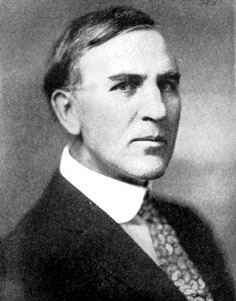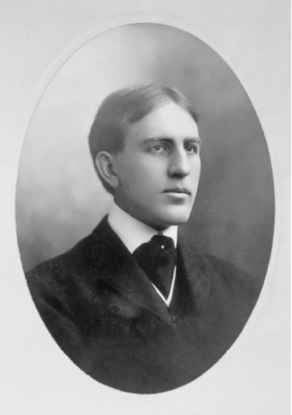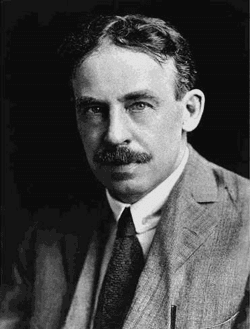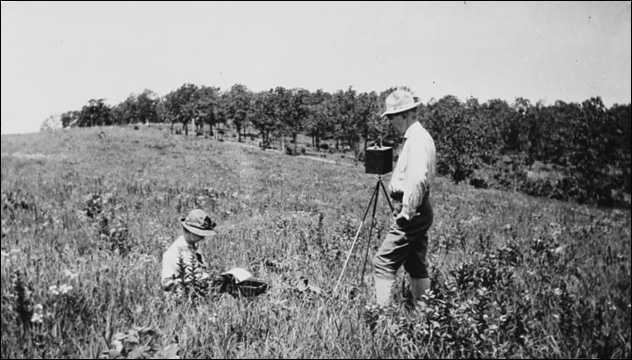Name Frederic Clements | Children none | |
 | ||
Born September 16, 1874Lincoln, Nebraska, United States ( 1874-09-16 ) Institutions University of NebraskaUniversity of MinnesotaCarnegie Institution of Science Education University of Nebraska–Lincoln People also search for John Ernest Weaver, Cornelius Lott Shear Books Research methods in ecology, Dynamics of vegetation, The Phylogenetic Method in, Experimental vegetation, The genera of fungi | ||
Alma mater University of Nebraska | ||
Frederic Edward Clements (September 16, 1874 – July 26, 1945) was an American plant ecologist and pioneer in the study of vegetation succession.
Contents
- Biography
- Theory of vegetation change to climax community
- Community unit view of vegetation types or plant communities
- Honors
- Writings
- References

Biography

Born in Lincoln, Nebraska, he studied botany at the University of Nebraska, graduating in 1894 and obtaining a doctorate in 1898. (One of his teachers was botanist Charles Bessey, and he was a classmate of Willa Cather and Roscoe Pound.) While at the University of Nebraska, he met Edith Gertrude Schwartz (1874–1971), also a botanist and ecologist, and they were married in 1899.

In 1905 he was appointed full professor at the University of Nebraska, but left in 1907 to head the botany department at the University of Minnesota in Minneapolis. From 1917 to 1941 he was employed as an ecologist at the Carnegie Institution of Washington in Washington, D.C., where he was able to carry out dedicated ecological research.

During winter he worked at research stations in Tucson, Arizona and Santa Barbara, California, while in the summer he performed fieldwork at the Carnegie Institution's Alpine Laboratory, a research station in Angel Canyon on the slopes of Pikes Peak, Colorado. During this time he worked alongside staff of the U.S. Soil Conservation Service. In addition to his field investigations, he carried out experimental work in the laboratory and greenhouse, both at the Pikes Peak station and at Santa Barbara.
Theory of vegetation change to climax community

From his observations of the vegetation of Nebraska and the western United States, Clements developed one of the most influential theories of vegetation development. Vegetation cover does not represent a permanent condition but gradually changes over time. Clements suggested that the development of vegetation can be understood as a sequence of stages resembling the development of an individual organism. After a complete or partial disturbance, vegetation grows back (under ideal conditions) towards a mature "climax state," which describes the vegetation best suited to the local conditions. Though any actual instance of vegetation might follow the ideal sequence towards climax, it can be interpreted in relation to that sequence, as a deviation from it due to non-ideal conditions.
Clements's climax theory of vegetation dominated plant ecology during the first decades of the twentieth century, though it was criticized significantly by ecologists Henry Gleason and Arthur Tansley early on, and by Robert Whittaker mid-century, and largely fell out of favor. However, significant Clementsian trends in ecology re-emerged towards the end of the twentieth century.
Community-unit view of vegetation types or plant communities
In his 1916 publication, Plant Succession, and his 1920 Plant Indicators, Clements metaphorically equated units of vegetation, (now called vegetation types or plant communities) with individual organisms. His observations were that some groups of species were (Association (ecology)) repeatedly associated together. He believed that some species were dependent on the group, and the group on that species (obligatory relationship), metaphorically as organs and the animal containing them depend on each other. He observed little overlap in kinds of species from type to type, with many species confined to just a single type. Some plants were widespread over vegetation types, but the areas of geographical overlap (ecotones) was narrow. His view of a community as a distinct unit was challenged in 1926 by Henry Gleason, who viewed vegetation as a continuum, not a unit, with associations being merely coincidental, and that any support by observations or data of clusters of species as predicted by Clements' view was either an artifact of the observer's perception or a result of defective data analysis.
Honors
In 1903, the flower Clementsia rhodantha ("Clements' rose flower"), a stonecrop, was named in honor of Frederic Clements.
Writings
Among his works are:
